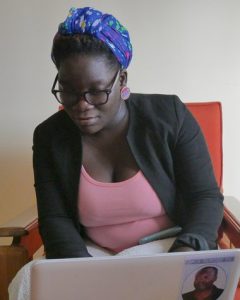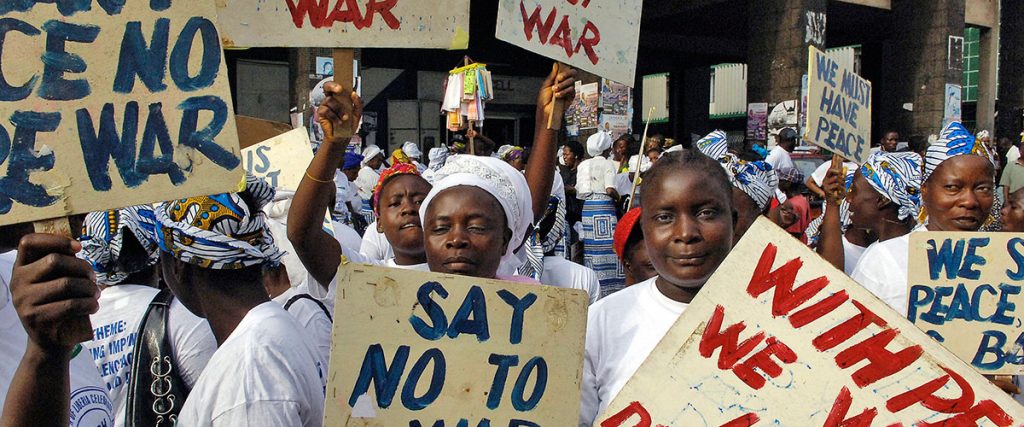Chobe district is lagging behind in the representation of women in key decision making positions especially on the political front.

Speaking at a population and development seminar in Kasane recently, Chobe district population officer, Ms Olefile Maikaelelo highlighted that over the past two election periods, Chobe District had one female representative at council.
Comparatively both election periods had eight male representatives.
“This is far from the national target which seeks to increase participation of women in leadership, governance and decision making positions by at least 60 per cent by 2016,” noted Ms Maikaelelo.
It is also worth noting that for the same election periods, both women were specially elected into council and not voted into office during the national elections.
A similar situation is at play at national level with only six women sitting in the current parliament.
Of the six, two were specially nominated. Botswana being a signatory to the new United Nations Sustainable Development Goals (SDGs) has committed herself to attaining gender equality and empowering women and girls.
Targets aiming for gender equality include ensuring women’s full and effective participation and equal opportunities for leadership at all levels of decision-making in political, economic and public life as well as adopting and strengthening sound policies and enforceable legislation for the promotion of gender equality and the empowerment of all women and girls at all levels.
Regarding issues of HIV and AIDS, women continue to bear the brunt.
A Chobe district Millennium Development Goals (MDGs) Report presented by Ms Maikaelelo indicates that females are mostly affected by HIV at 18.9 percent prevalence rate compared to 16.5 percent in their male counterparts.
Chobe district however continues to perform well in PMTCT uptake at 95 percent in 2015, exceeding the national target of 90 percent.
In spite of an outstanding 93 percent uptake of the programme in 2014, the district had the highest Mother To Child Transmission (MTCT) rate at 4.5 percent in the same year.
The same report shows that that Chobe District’s estimated poverty levels stands at 19.5 percent.
Kachikau village had the highest poverty levels at 41 percent followed by Parakarungu and Satau at 35.8 percent and 30 percent respectively.
A total of 169 projects of the 271 that have been funded through the poverty eradication programme are operational.
“Only 16.6 percent of the operational projects are excelling or doing well,” Ms Maikaelelo stated. This translates to only 28 projects. While the majority of the people in the area are employed in tourist establishments in the area, the highest unemployment rates were recorded among the female population in Muchenje/ Mabele and Kasane at 20.8 percent and 19.3 per ent respectively.
Stakeholders at the seminar called for the SDG implementation to be inclusive and live none behind irrespective of their geography.

